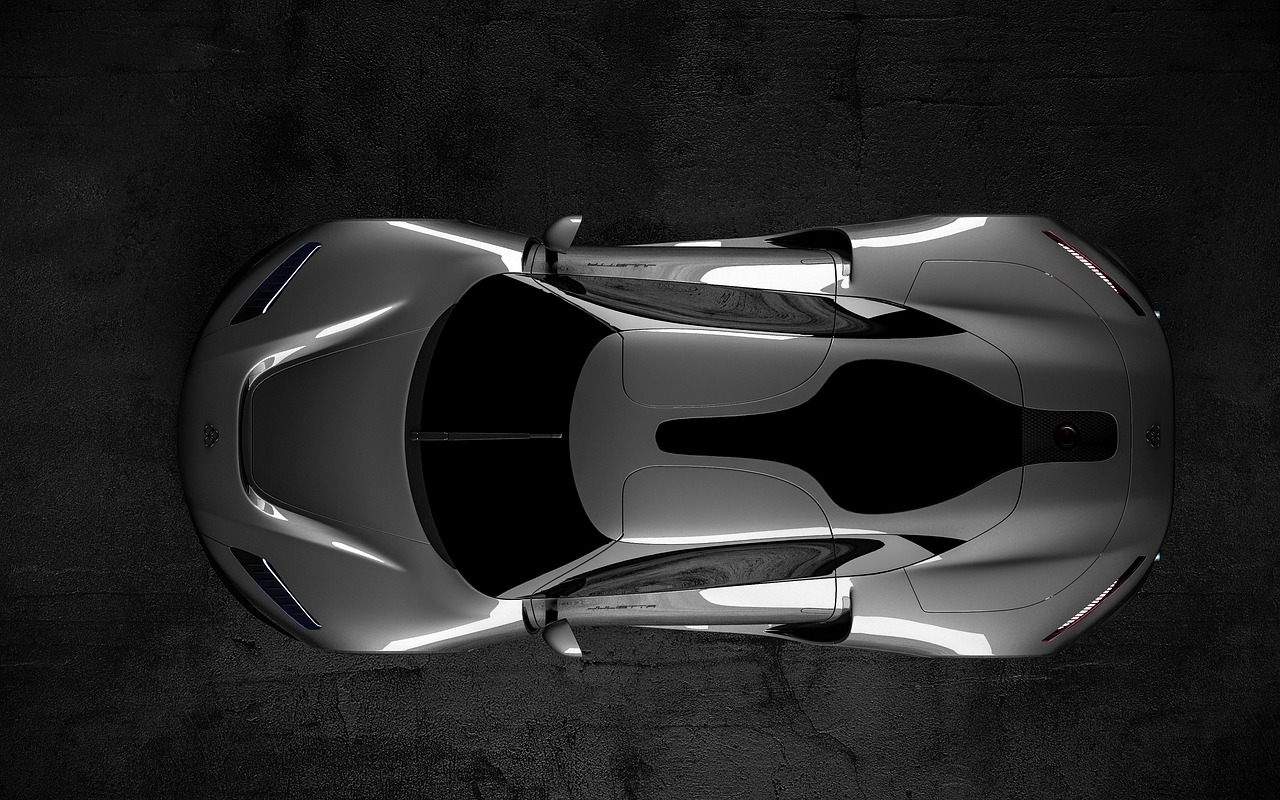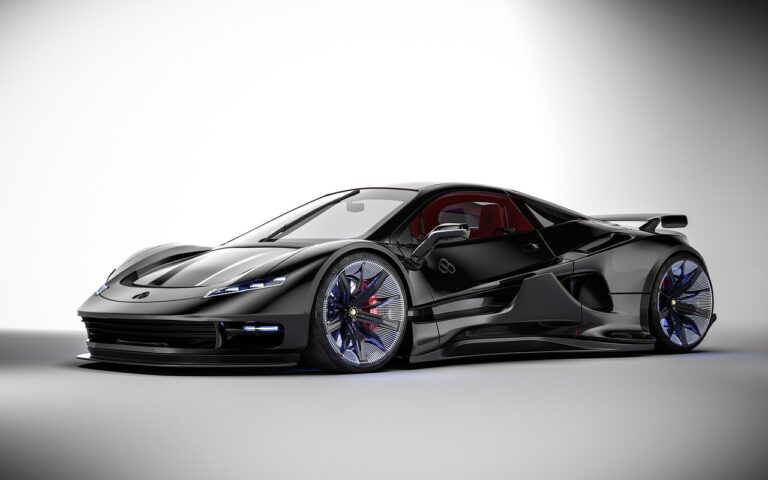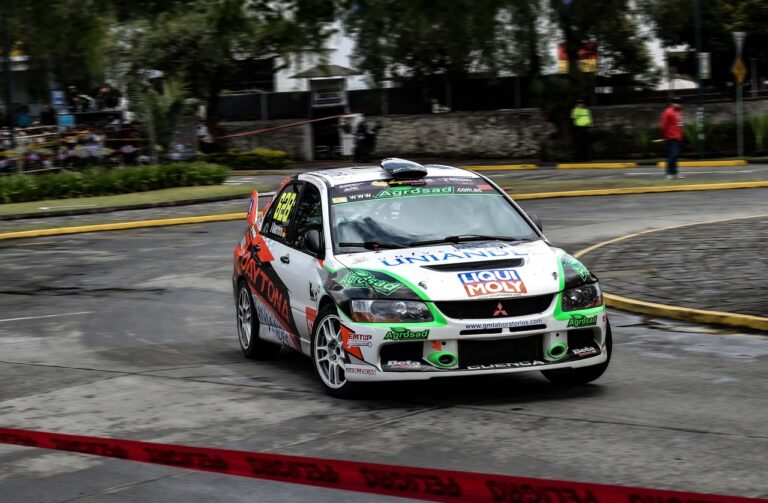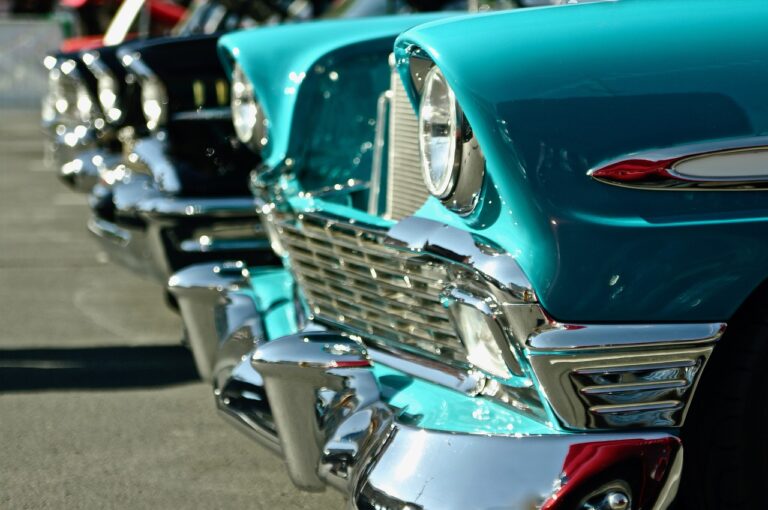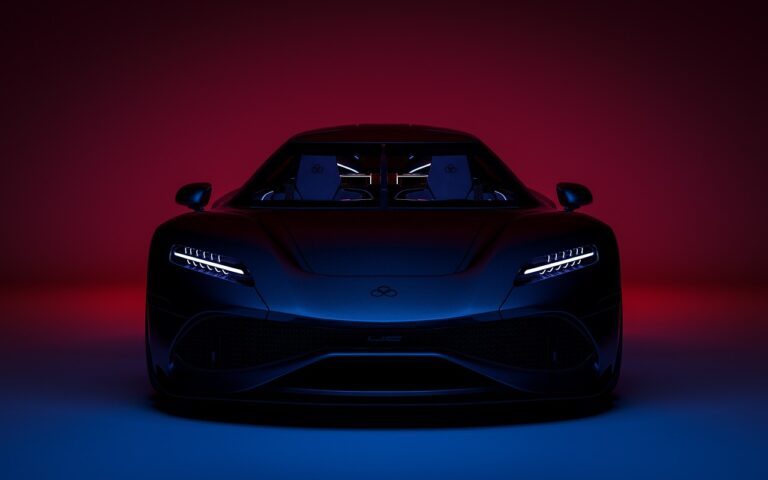The Evolution of Car Engine Friction Reduction Technologies: From Roller Rockers to Variable Valve Timing
In recent years, technological advancements have revolutionized the coatings applied to engine components. These innovative coatings aim to enhance performance, reduce wear, and increase durability of critical engine parts. Companies are investing heavily in research and development to create coatings that withstand high temperatures, corrosive environments, and extreme operating conditions.
One of the key areas of focus is the development of nano-coatings that offer superior protection and lubrication properties. By using nanotechnology, engineers are able to manipulate materials on a molecular level, resulting in coatings that provide exceptional friction reduction and wear resistance. These nanocoatings not only extend the lifespan of engine components but also contribute to improved fuel efficiency and reduced emissions.
Efficiency Improvements in Bearing Design
Modern advances in engineering have paved the way for significant progress in the realm of bearing design. Enhanced materials and manufacturing techniques have enabled bearings to withstand higher loads and temperatures, resulting in improved overall efficiency. By reducing friction and wear, these innovations in bearing design contribute to increased longevity and performance in various applications across industries.
Furthermore, the integration of advanced lubrication systems has played a key role in the efficiency improvements seen in bearing design. By ensuring proper lubrication and minimizing frictional losses, these systems optimize the operation of bearings, leading to smoother performance and reduced energy consumption. With ongoing research and development efforts focused on enhancing bearing design, the future looks promising for further efficiency gains in this critical component of machinery and equipment.
• Modern advances in engineering have paved the way for significant progress in bearing design
• Enhanced materials and manufacturing techniques enable bearings to withstand higher loads and temperatures
• Reduction of friction and wear leads to increased longevity and performance in various applications
• Integration of advanced lubrication systems plays a key role in efficiency improvements
• Proper lubrication and minimizing frictional losses optimize bearing operation
• Ongoing research and development efforts focused on enhancing bearing design promise further efficiency gains
The Future of Friction Reduction Technologies
Friction reduction technologies continue to evolve rapidly, driven by the constant demand for improved efficiency in various industries. With advancements in materials science and engineering, researchers are exploring innovative solutions to minimize friction between moving parts. These technologies not only aim to prolong the lifespan of components but also enhance overall performance and energy efficiency.
One promising avenue for reducing friction lies in the development of nanocoatings and surface treatments that can alter the interaction between surfaces at the microscopic level. By applying these coatings to engine components and machinery, manufacturers can achieve significant reductions in friction and wear, leading to higher operating efficiency and lower maintenance costs over time. As the quest for greater sustainability and resource conservation intensifies, the future of friction reduction technologies holds exciting possibilities for revolutionizing the way we approach mechanical systems.
What are some of the key innovations in coatings for engine components?
Some of the key innovations in coatings for engine components include diamond-like carbon coatings, thermal spray coatings, and nanocomposite coatings, all aimed at reducing friction and wear on moving parts.
How do efficiency improvements in bearing design contribute to friction reduction?
Efficiency improvements in bearing design, such as the use of ceramic materials, advanced lubricants, and improved surface finishes, help reduce friction between rotating components, resulting in lower energy consumption and longer component life.
What can we expect to see in the future of friction reduction technologies?
The future of friction reduction technologies is likely to focus on advanced materials, surface treatments, and lubricants, as well as the integration of smart sensors and predictive maintenance algorithms to optimize performance and reduce energy consumption even further.

